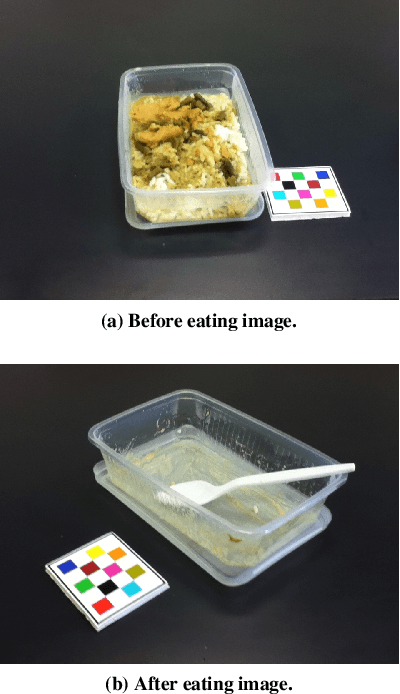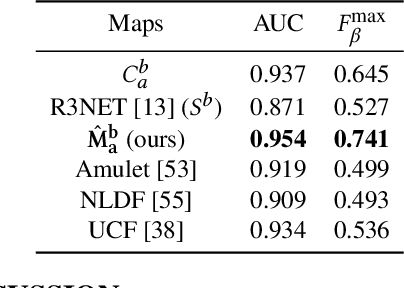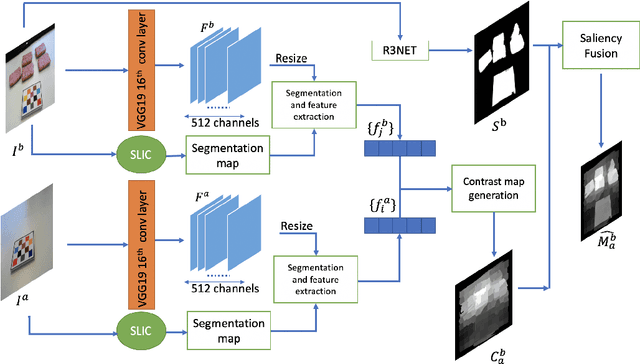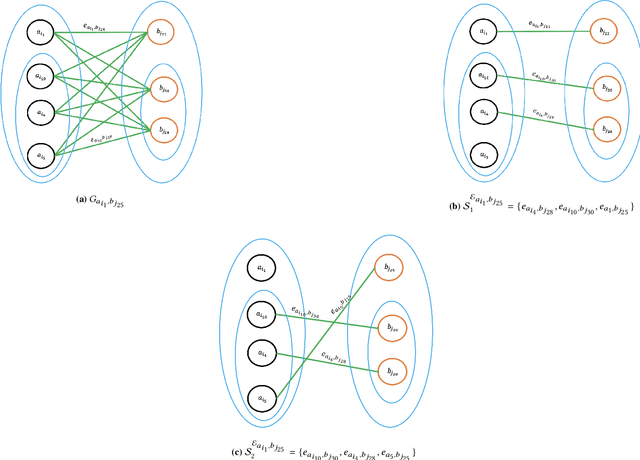David Guerra
RF Energy Absorption in Human Bodies Due to Wearable Antennas in the 2.4 GHz Frequency Band
Feb 08, 2024Abstract:Human exposure to electromagnetic fields produced by two wearable antennas operating in the 2.4 GHz frequency band was assessed by computational tools. Both antennas were designed to be attached to the skin, but they were intended for different applications. The first antenna was designed for off-body applications, i.e. to communicate with a device placed outside the body, while the second antenna model was optimized to communicate with a device located inside the body. The power absorption in human tissues was determined at several locations of adult male and female body models. The maximum specific absorption rate (SAR) value obtained with the off-body antenna was found on the torso of the woman model and was equal to 0.037 W/kg at 2.45 GHz. SAR levels increased significantly for the antenna transmitting inside the body. In this case, SAR values ranged between 0.23 and 0.45 W/kg at the same body location. The power absorbed in different body tissues and total power absorbed in the body were also calculated; the maximum total power absorbed was equal to 5.2 mW for an antenna input power equal to 10 mW.
Measurements and Analysis of Temporal and Spatial Variability of WiFi Exposure Levels in the 2.4 GHz Frequency Band
Feb 07, 2024Abstract:This paper presents an evaluation of the WiFi exposure levels inside the university in the 2.4 GHz frequency band. The selected environment is the typical scenario where WiFi exposure concerns have increased in the last years, since a Wireless Local Area Network is deployed close to the users. Measurements of 1 h and 24 h of duration were performed to assess the temporal and spatial variability of the signal. Two instruments were employed, a spectrum analyzer appropriate configured for recording accurate and realistic samples and an exposimeter. A detailed description of the equipment, the measurement procedure and data analysis is provided in order to allow the reproducibility of these types of measurements. Finally, a comparison of the WiFi levels obtained by other authors is presented, concluding that all these methods are useful for determining WiFi exposure distribution, but if more accurate results are required, professional equipment appropriately configured should be used.
* 9 pages
Saliency-Aware Class-Agnostic Food Image Segmentation
Feb 13, 2021



Abstract:Advances in image-based dietary assessment methods have allowed nutrition professionals and researchers to improve the accuracy of dietary assessment, where images of food consumed are captured using smartphones or wearable devices. These images are then analyzed using computer vision methods to estimate energy and nutrition content of the foods. Food image segmentation, which determines the regions in an image where foods are located, plays an important role in this process. Current methods are data dependent, thus cannot generalize well for different food types. To address this problem, we propose a class-agnostic food image segmentation method. Our method uses a pair of eating scene images, one before start eating and one after eating is completed. Using information from both the before and after eating images, we can segment food images by finding the salient missing objects without any prior information about the food class. We model a paradigm of top down saliency which guides the attention of the human visual system (HVS) based on a task to find the salient missing objects in a pair of images. Our method is validated on food images collected from a dietary study which showed promising results.
 Add to Chrome
Add to Chrome Add to Firefox
Add to Firefox Add to Edge
Add to Edge